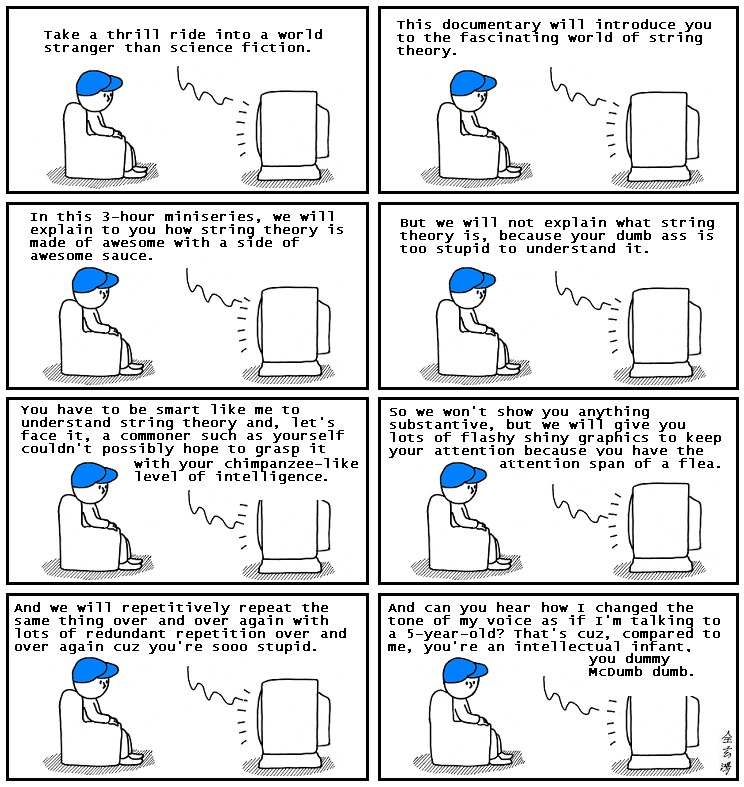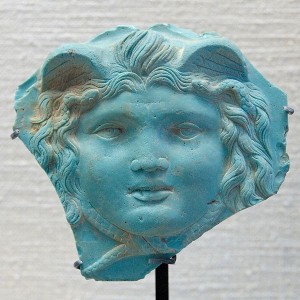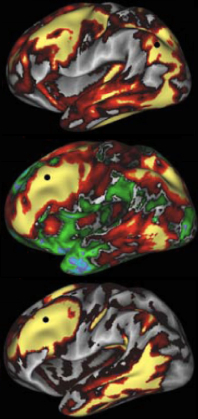It’s true, some of those science documentaries are pretty condescending.
http://abstrusegoose.com/78
 Each week, I’m torn between two warring emotions as I bear a large blue box of empty wine bottles and other glass detritus into the back alley. As I set the bin out for pick-up, I feel a certain satisfaction in a civic duty well done, dispatching this jumble of glass to the recyclers. But this personal pleasure battles with a something far less noble. I pray the neighbors aren’t monitoring my alcohol consumption.
Each week, I’m torn between two warring emotions as I bear a large blue box of empty wine bottles and other glass detritus into the back alley. As I set the bin out for pick-up, I feel a certain satisfaction in a civic duty well done, dispatching this jumble of glass to the recyclers. But this personal pleasure battles with a something far less noble. I pray the neighbors aren’t monitoring my alcohol consumption.
I always assumed that such recycling (soul-baring) was the brain child (fault) of modern environmentalists. But nothing could be further from the truth, as I discovered this week. Some 1700 years ago, inhabitants of Roman Britain were dutifully recycling their glass too. And the more things crumbled and fell apart in the Roman Empire, the more these ancient Brits recycled. Continue reading
 It’s hard not to feel depressed. As regular visitors to LWON know, British school children recently raided their piggy banks to help the Tullie House Museum buy an absolutely stunning Roman cavalry helmet discovered last spring in northwestern England (see here for the background). Well, the helmet went up on the auction block at Christie’s today, and the news isn’t good. All those donations by adults and kids alike hardly made a dint in the final selling price–a staggering $3.2 million, far above the pre-sale estimate of some $470,000. Continue reading
It’s hard not to feel depressed. As regular visitors to LWON know, British school children recently raided their piggy banks to help the Tullie House Museum buy an absolutely stunning Roman cavalry helmet discovered last spring in northwestern England (see here for the background). Well, the helmet went up on the auction block at Christie’s today, and the news isn’t good. All those donations by adults and kids alike hardly made a dint in the final selling price–a staggering $3.2 million, far above the pre-sale estimate of some $470,000. Continue reading
 Metastable: Down the block, along the street, is a steep bank on which trees have taken root and grown, slanting off the bank and over the road, balancing their holds in the ground with increasing height and occasional high winds and of course gravity. One day sooner or later a good rain slightly liquifies the soil, the wind catches the leaves and branches, gravity (which always wins) wins again, and a tree drops like a rock. What had seemed stable was not. It was metastable and had been all along. Continue reading
Metastable: Down the block, along the street, is a steep bank on which trees have taken root and grown, slanting off the bank and over the road, balancing their holds in the ground with increasing height and occasional high winds and of course gravity. One day sooner or later a good rain slightly liquifies the soil, the wind catches the leaves and branches, gravity (which always wins) wins again, and a tree drops like a rock. What had seemed stable was not. It was metastable and had been all along. Continue reading
 In the mid-1990s, neuroscientist Marcus Raichle noticed something funny going on in some of his brain-scanning experiments.
In the mid-1990s, neuroscientist Marcus Raichle noticed something funny going on in some of his brain-scanning experiments.
Here’s what usually happens, more or less: someone lies inside of the scanner and performs a specific task, like pressing a button. In response to that particular task, some parts of the brain become more active. Voilà: you have identified the regions involved in button-pressing.
But Raichle observed that a couple of areas actually quiet down during a goal-directed task—during many different tasks, in fact. One of these spots is in the parietal lobe, in the middle of the back of the brain. Raichle thought the data was curious, but didn’t dwell on it. He threw the scans into a folder, labeled it MMPA—for ‘medial mystery parietal area’—and filed it away.
Continue reading
 Last fall, ninth-grader Jordan McFarland received a jab of seasonal flu vaccine and the vaccine to prevent pandemic H1N1 virus. The next day, he got a bad headache and the chills. His muscles began to spasm and shake. He couldn’t walk. One of the people working at Jordan’s after-school daycare called 911. He was diagnosed with Guillain-Barré syndrome (GBS), a rare disorder that occurs when the body’s immune system attacks nerve cells.
Last fall, ninth-grader Jordan McFarland received a jab of seasonal flu vaccine and the vaccine to prevent pandemic H1N1 virus. The next day, he got a bad headache and the chills. His muscles began to spasm and shake. He couldn’t walk. One of the people working at Jordan’s after-school daycare called 911. He was diagnosed with Guillain-Barré syndrome (GBS), a rare disorder that occurs when the body’s immune system attacks nerve cells.
In the US, about 3,000 to 6,000 people contract GBS each year. No one knows exactly what causes the illness, but infections appear to play some role. In Jordan’s case, his parents blame the vaccine. “There is no doubt in my mind that Jordan got GBS from his swine flu shot,” said Arlene Connin, Jordan’s stepmother.
And who could blame Connin? Less than 24 hours after receiving a flu shot, Jordan was writhing around on a hospital bed, unable to control his muscles. “It was so shocking and scary for everyone, because we didn’t know what was going on,” she said. But Connin had one more reason to suspect a link.
 May we take a moment of your time to introduce Cassandra Willyard? She explained once that the reason she needed to ride around in police cars was to write about why Baltimore was HIV heaven, a logic that’s not immediately obvious. Click on About for more about Cassandra, and then go find her website to see the connection between infectious disease, urban decay, poverty, and the decline of civilization. Somehow she’s still not depressing at all, and we’re delighted she’s around. Her first post will be tomorrow morning.
May we take a moment of your time to introduce Cassandra Willyard? She explained once that the reason she needed to ride around in police cars was to write about why Baltimore was HIV heaven, a logic that’s not immediately obvious. Click on About for more about Cassandra, and then go find her website to see the connection between infectious disease, urban decay, poverty, and the decline of civilization. Somehow she’s still not depressing at all, and we’re delighted she’s around. Her first post will be tomorrow morning.
Photo credit: Baltimore under clouds, Mark Peters

An old Yiddish joke: A poor yeshiva student visits a local family every evening for dinner. Each night, the family serves him potatoes: boiled potatoes, fried potatoes, potato soup, potato pancakes, potato kugel, and so on. After a week or two of this splendid spud-fest, the student asks his hosts to tell him the correct blessing over potatoes. “What?!” they reply. “You, a yeshiva student, don’t know the blessing for vegetables that grow in the ground?” “Of course I do,” he replies. “But what do I say when they are coming out of my ears?”
I thought of this joke when I read about Chris Voigt’s “20 Potatoes a Day Diet,” which I read about on that excellent web site, potatoes.com. Voigt, the executive director of the Washington State Potato Commission, aims to prove that he can remain healthy while eating nothing but potatoes and potato products for 60 days, starting October 1.